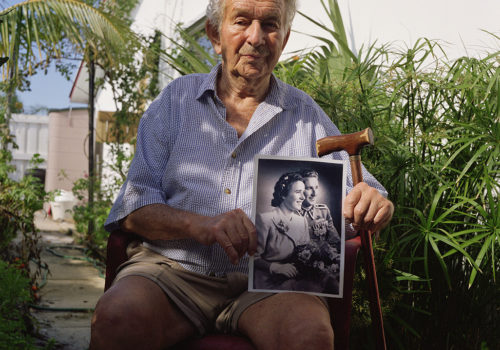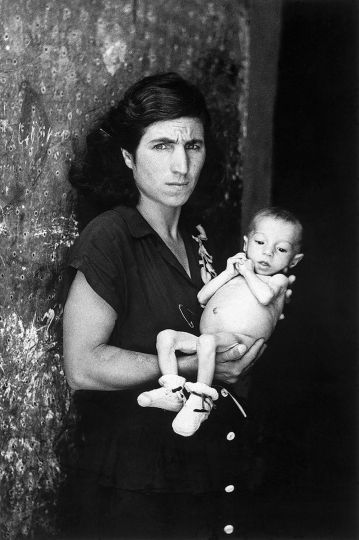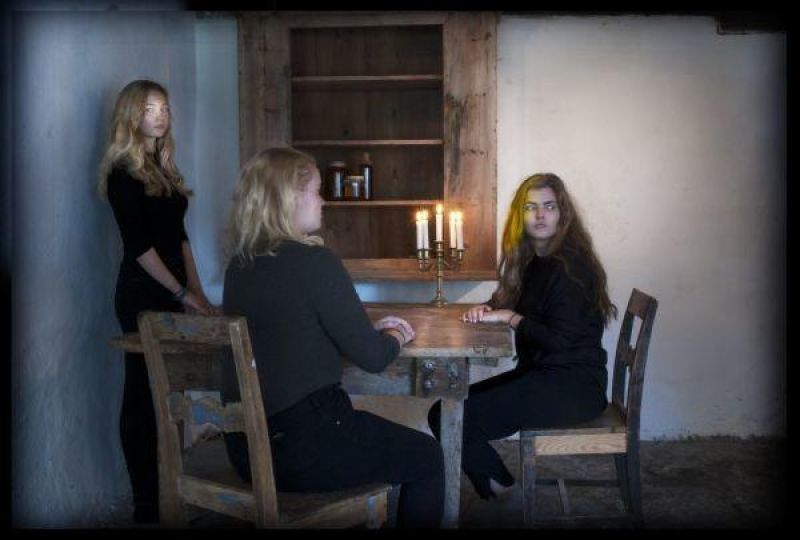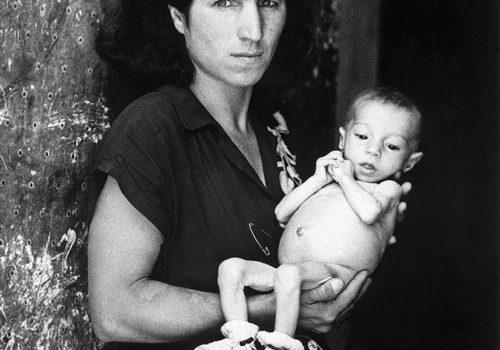If history is written by the victors, then the losers of any wars are doomed to be forgotten by the following generations? The sacrifice endured by both sides, at any time in History and in any wars, is usually equal. WWII, of course, is no exception to this implacable historical rule. Axis and Ally armies and its soldiers have fought for what they believed was right: a hard thing to perceive if you dissect why and for whom Axis soldiers fought and died for. Fighting for the National Socialist ideal is of course not the same as fighting for Western democracies. That is at least how we view the Second World War.
This article is reserved for subscribed members only. If you are already a member, you can log in here below.
Subscribe for full access to The Eye of Photography archives!
That’s thousands of images and articles, documenting the history of the medium of photography and its evolution during the last decade, through a unique daily journal. Explore how photography, as an art and as a social phenomenon, continue to define our experience of the world. Two offers are available.
Subscribe either monthly for 8 euros (€) or annually for 79 euros (€) (2 months offered).
















